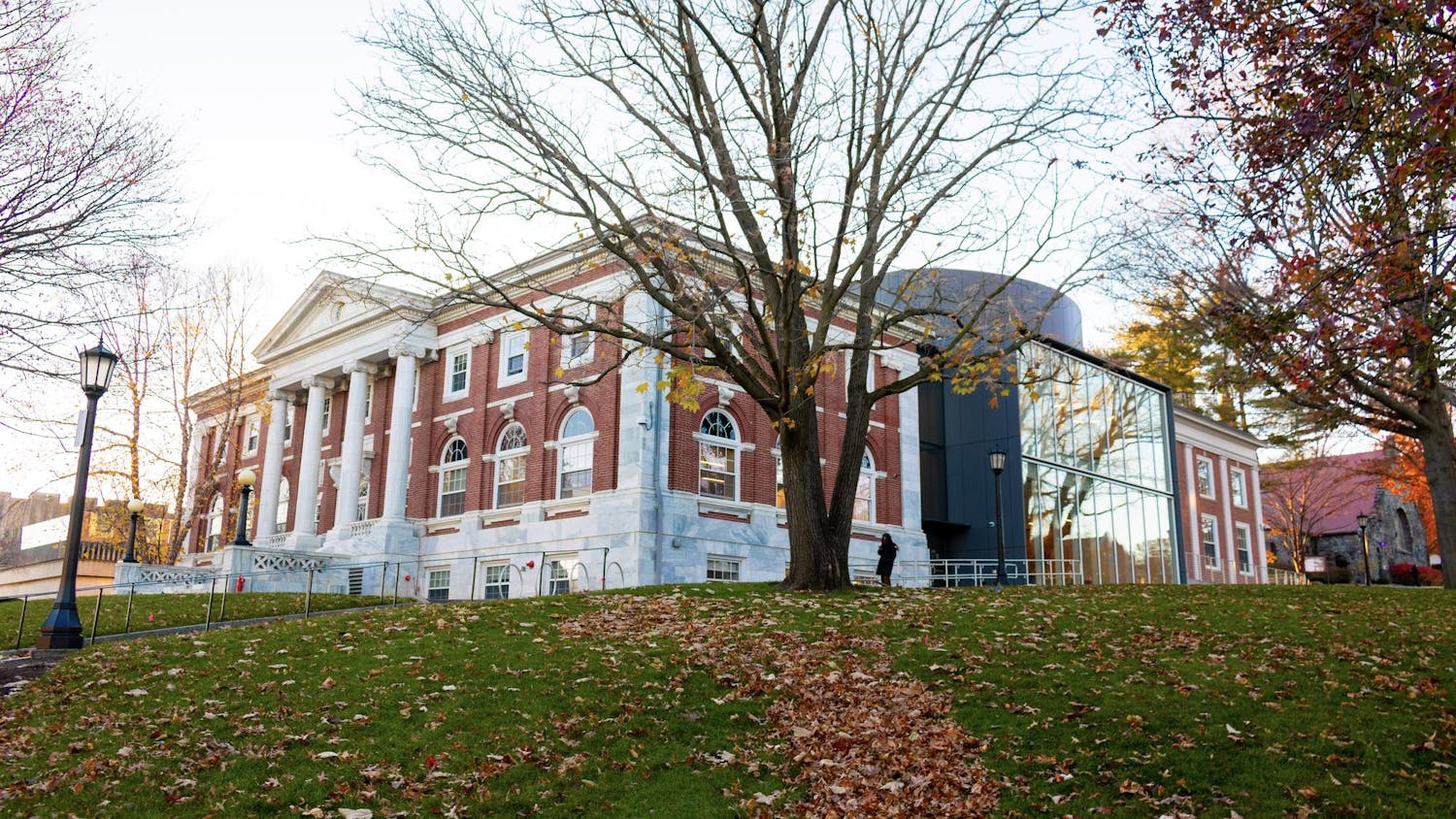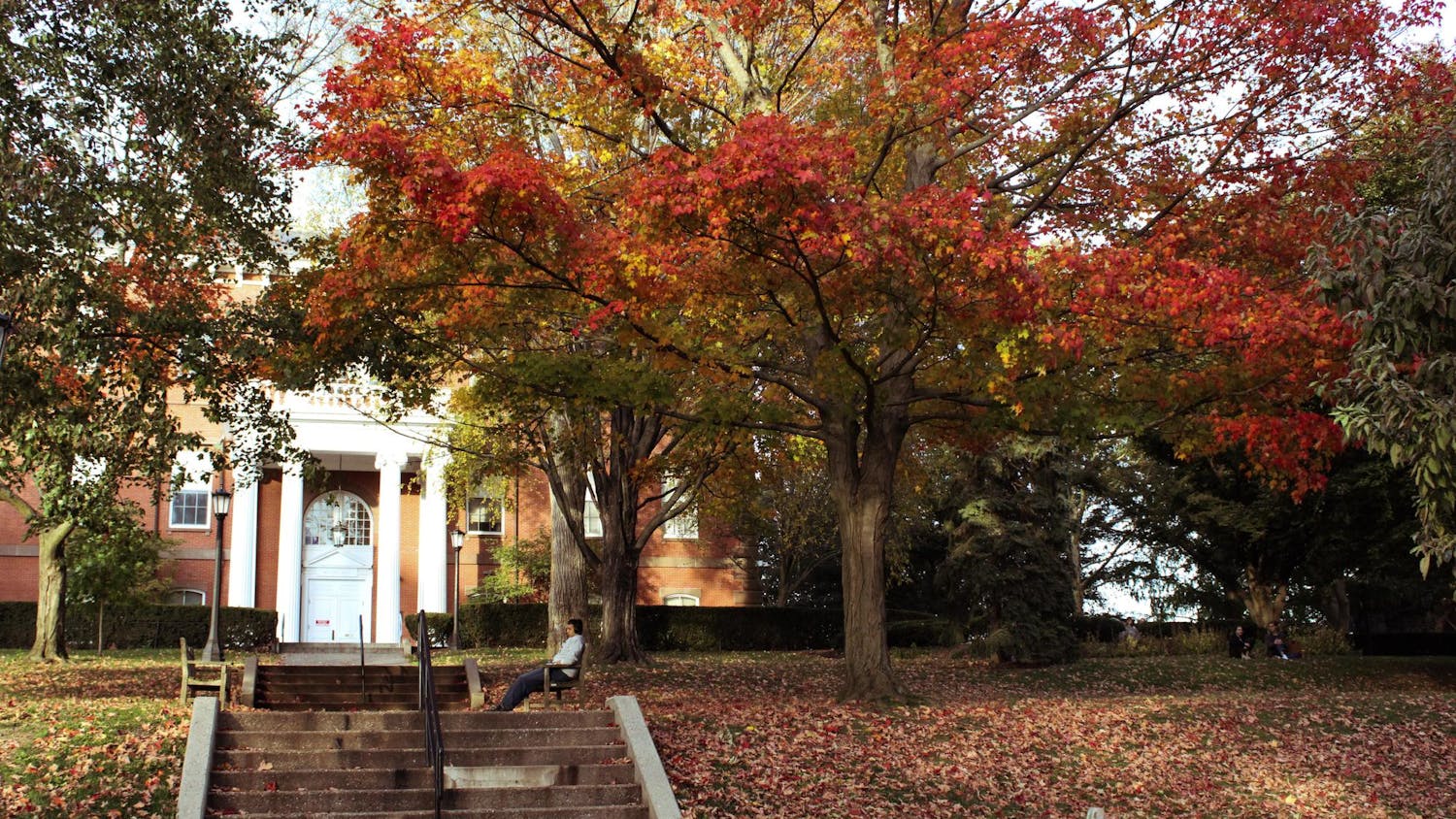The question of tuition rates has long been a topic of conversation among students and the Tufts administration, particularly since the recent announcement that tuition will increase by 3.76 percent for the 2018–2019 academic year. This brings the total yearly rate to $70,941, according to a Daily article. In order to uphold Tufts’ commitment to inclusivity, it is important for the administration to limit tuition hikes to their best ability. At the very least, Tufts must increase transparency about the reasons behind the tuition increases and how the additional tuition money is being spent.
Student activism efforts, such as the April 2 student protest organized by Tufts Student Action (TSA) in response to the tuition hike, is an effective way for students to make their voices heard and to speak out in favor of making Tufts more accessible. Student protesters emphasized that despite Tufts’ claim that it covers 100 percent of financial need, students are often forced to take out additional loans that leave them with debt long after graduation. TSA’s #HaltTheHike campaign focuses on improving accessibility and transparency, and calls for a “tuition freeze” that would allow students to pay the same rate of tuition every year that they paid when they entered Tufts as first-years. This would maintain predicted levels of affordability for students.
Another student-led effort to promote accessibility resulted in the passage of a resolution entitled “A Resolution Asking Tufts to Maintain its Current Level of Affordability” by the Tufts Community Union (TCU) Senate. According to a Daily article, the resolution calls on the university to increase financial aid or control tuition increases to ensure that increases in costs for students do not exceed general inflation rates. Such active student participation will play a vital role in the move toward financial accessibility and inclusivity.
One major concern is that rising tuition rates, which make Tufts less affordable, affect the makeup of the student body by reducing economic diversity. As noted in a Daily article, data released recently by Tufts’ Office of Institutional Research and Evaluation (OIRE), 75 percent of the Class of 2021 comes from the top 20 percent of income-earning families, while only 3.8 percent comes from the bottom 20 percent of income-earning families. In the same article, students explained that the data does not make Tufts feel like an inclusive environment for students of all backgrounds, especially those who are first-generation college students and whose families are low income. Although the publication of the data represents a move toward transparency, it is still critical that the administration addresses the issues it raises about a lack of economic diversity on campus. Director of the OIRE Jessica Sharkness stated that the number of students coming from the two lowest family income brackets has more than doubled in the past few years, but this number still only forms a small percentage of the overall student body. Still, according to the same Daily article, only 15 students from the bottom 20 percent of income-earning families enrolled in 2012.
The administration has recently taken several positive steps toward transparency and accessibility. One example is the Dec. 5 Budget Transparency Town Hall, which provided a space for students and administrators to engage in conversation about the university budget. Students had the opportunity to ask questions and share their experiences with navigating financial aid, and administrators explained different aspects of the budget, citing university improvements as causes for the tuition increases.
However, much of the spending outside of financial aid still lacks transparency. Plans are underway to construct a new swimming pool, which is projected to cost upward of $30 million.Whether or not the pool was funded by a grant or student tuition remains unclear. The amount spent on the new Science and Engineering Complex, the 175,000-square-foot state-of-the-art research center, has not been released at all, let alone the origins of the funding. While spaces like this provide obvious benefit to the student body, and the Tufts community as a whole, it is disconcerting to see tuition hikes spike without knowing where that tuition is going.
Although tuition increases make sense due to the cost of building renovations and the acquisition of new resources, the administration must still prioritize accessibility and limit tuition increases as much as possible. Tufts must demonstrate that it is committed to creating an inclusive campus for students of all backgrounds by working to keep student expenses at their current level.
More from The Tufts Daily
Editorial: Letter to the Hill
By
The Editorial Board
| December 8
Editorial: Lesser-known perks for Tufts students
By
The Editorial Board
| October 23





